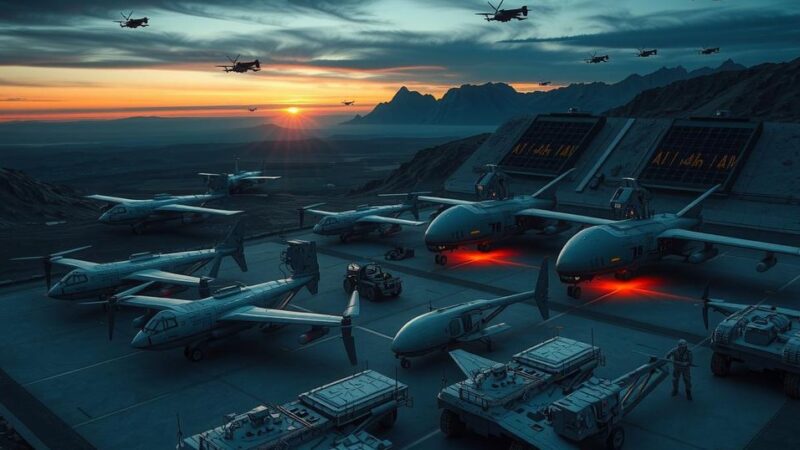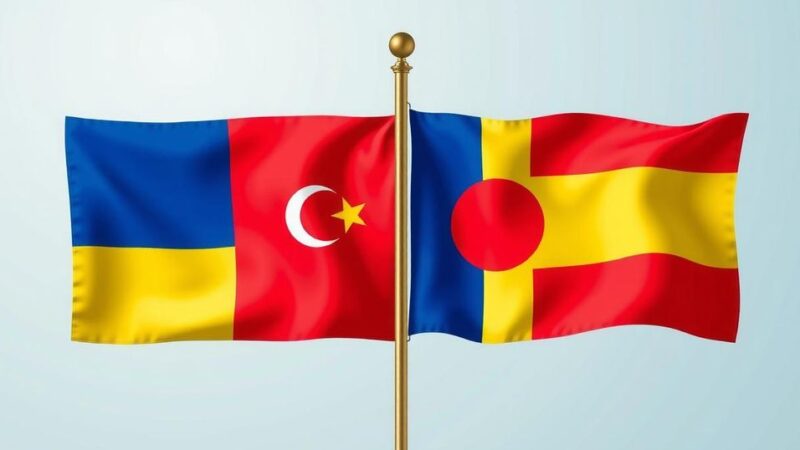Russian President Vladimir Putin and Iranian President Masoud Pezeshkian signed a Treaty on Comprehensive Strategic Partnership to enhance bilateral relations. However, they face diverging interests in the South Caucasus, particularly concerning energy and transport sectors. This article explores the complexities of their relationship and the potential challenges ahead if these issues are not addressed.
On January 17, Russian President Vladimir Putin and Iranian President Masoud Pezeshkian formalized their collaboration through the Treaty on Comprehensive Strategic Partnership. This agreement aims to enhance bilateral relations, particularly in opposing NATO expansion and developing the North-South Corridor. However, the two nations have divergent interests in the South Caucasus, especially in energy and transport sectors, reflecting a complex and multifaceted relationship.
The differing perspectives of Russia and Iran towards the independence initiatives of Abkhazia and South Ossetia, as well as their military links with Azerbaijan and Israel, are notable points of contention. Particularly concerning is their contrasting economic cooperation regarding Armenia, Azerbaijan, and Georgia, where their conflicting views on transportation and natural gas export strategies underscore the complexity of their interactions in the South Caucasus.
A recent divergence in their interests became evident with the proposed Zangezur Corridor between Azerbaijan and Nakhchivan. Following a visit by President Putin to Baku, Russia’s endorsement of Azerbaijan’s plans raised significant concerns in Iran regarding its geopolitical footprint and neighborly relations. Iran’s apprehensions stem from the potential alteration of border dynamics that could reduce its regional influence.
Moreover, the Aras Corridor initiative, aimed at providing infrastructure for transportation between Azerbaijan and Nakhchivan through Iran, further exemplifies the interests at odds. Despite the agreement to develop this corridor in 2022, Russian support appears lukewarm, likely due to existing treaties that reinforce its influence over key transport routes.
The competing railway projects also illustrate the strain in relations; the Iran-Armenia railway, signed in 2009, presents a direct competition to Russian interests represented by the South Caucasus Railway system. The existing treaty whereby Russian Railways controls Armenian transport infrastructure highlights Russia’s desire to maintain dominance over the region’s logistical channels, presenting a challenge for Iran’s economic aspirations.
In the energy sector, competition is also evident regarding natural gas exports to Armenia. The longstanding gas-for-electricity agreement between Iran and Armenia has been complicated by interference from Russia’s Gazprom, which has sought to reduce Iran’s influence by altering pipeline specifications and undermining potential competitive dynamics in the region.
Overall, while cooperative efforts exist between Russia and Iran, particularly against shared geopolitical threats, their competing interests in the South Caucasus present substantial challenges. Unless these conflicts are effectively addressed, their partnership in this region will remain tenuous and potentially unharmonized, risking further discord between the two nations.
The Treaty on Comprehensive Strategic Partnership signifies an effort by Russia and Iran to strengthen their ties, particularly against NATO expansion and in developing transport corridors. However, their diverging interests in the South Caucasus regarding geopolitical influence, transportation infrastructure, and energy resources reveal underlying tensions that may hinder effective cooperation. Both nations must find a common ground to ensure their alliance remains intact amid these conflicting interests.
Original Source: jamestown.org






